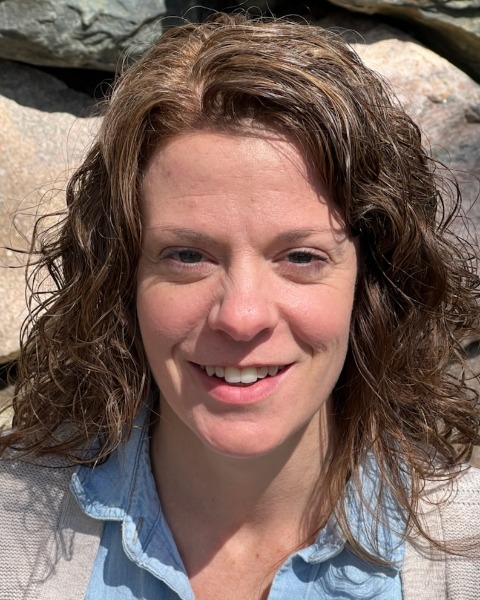Concurrent Session
Dam Removal
General Case Studies
Session: Dam Removal
CS18B - Concurrent Session 18B: Should I Stay or Should I Go - Dam Disposition Feasibility Studies
Tuesday, September 23, 2025
2:00 PM - 2:30 PM ET
Location: Huntington Convention Center of Cleveland, Atrium Ballroom C

Janeen McDermott, P.E.
Senior Water Resources Engineer
GEI Consultants
Traverse City, Michigan
Presenter(s)
Abstract Description: Dams have existed in the United States since roughly the mid-1800s when dams were primarily constructed for agriculture, population water supply, or used to power mill wheels. In later years, dams were constructed for hydroelectric power, flood control, and recreation. Many of the almost 100,000 dams that exist today are over 100 years old, with the average age of our nation’s dams being 57 years old and by 2030 seven out of 10 dams in the United States will be over 50 years old. As these structures age, dam owners everywhere are being faced with the difficult decision of spending potentially millions of dollars on their dams to maintain aging structures and/or bring them into compliance with the latest and greatest regulations or face the potential of dam removal.
It can be difficult for a dam owner to see the full picture of necessary repairs, dam regulations; environmental, public, and dam safety concerns; initial, and life cycle costs. Dam disposition feasibility studies are a great first step to help owners make informed decisions based on sound science and real data. This presentation will discuss the general process for completing dam disposition feasibility studies using three real world cases as examples of how these studies can differ. Each feasibility study consists of five similar sections: data collection, engineering investigations and analyses, conceptual designs, cost estimating, and public engagement/communications. The level of detail for a feasibility study may differ based on the funding amount available or the complexity of the dam. However, the factors that dam owners should consider when making the decision to keep or remove their dam are generally the same.
Attendees of this talk will leave the presentation with a general understanding of what should be included in a dam disposition feasibility study, the factors dam owners should consider when evaluating their dam for repair/rehabilitation or removal, and when, to what extent, and best practices for engaging the public.
It can be difficult for a dam owner to see the full picture of necessary repairs, dam regulations; environmental, public, and dam safety concerns; initial, and life cycle costs. Dam disposition feasibility studies are a great first step to help owners make informed decisions based on sound science and real data. This presentation will discuss the general process for completing dam disposition feasibility studies using three real world cases as examples of how these studies can differ. Each feasibility study consists of five similar sections: data collection, engineering investigations and analyses, conceptual designs, cost estimating, and public engagement/communications. The level of detail for a feasibility study may differ based on the funding amount available or the complexity of the dam. However, the factors that dam owners should consider when making the decision to keep or remove their dam are generally the same.
Attendees of this talk will leave the presentation with a general understanding of what should be included in a dam disposition feasibility study, the factors dam owners should consider when evaluating their dam for repair/rehabilitation or removal, and when, to what extent, and best practices for engaging the public.
Learning Objectives:
- Learn about key items to include in dam disposition feasibility studies.
- Demonstrate an understanding of how dam disposition feasibility studies might vary from dam to dam.
- Understand the factors dam owners should consider when evaluating their dam for repair/rehabilitation or removal.
